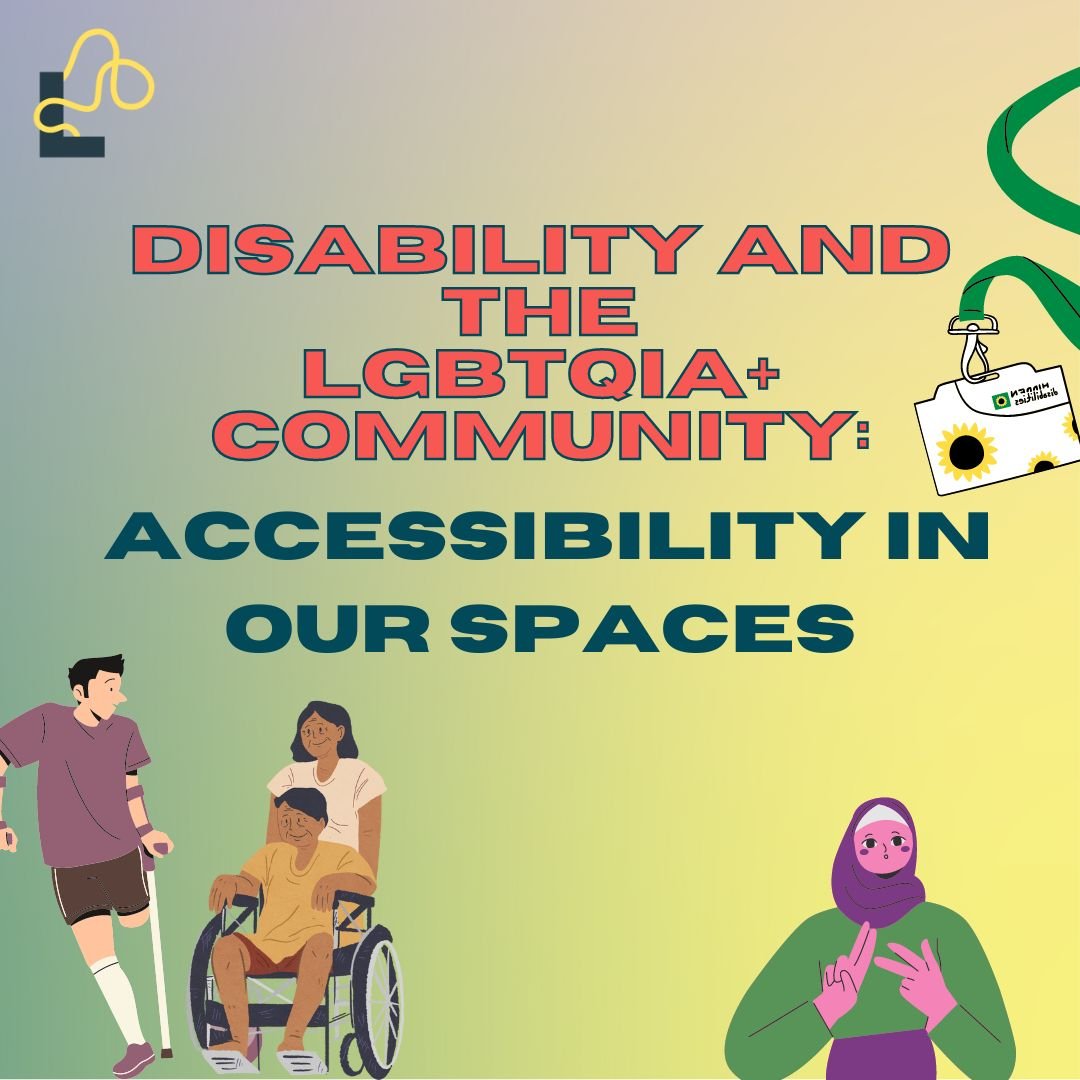Disability and the LGBTQIA+ Community: Accessibility in our Spaces
Sharing what Learnest CIC have learnt about making lgbtqia+ spaces more accessible to our disabled community members
Society continually excludes disabled people by failing to meet our access needs. In order to make disabled people feel supported and welcomed within community spaces, we must improve the accessibiltiy of our spaces.
The LGBTQIA+ community ought to champion inclusivity and prioritise accessibility because disabled people have always been and will always be prominent members of our community. An abundance of prominent LGBTQIA+ figures had disabilities, including but not limited to: James Baldwin, Frida Kahlo, Audre Lorde, bell hooks, and Adrienne Rich. Marsha P Johnson – a Black trans woman who was heavily involved with the Stonewall riots and who started STAR (Street Transvestite Action Revolutionaries) – was disabled. STAR served and consisted of disabled trans people.
Research shows that disabilities are more prominent within the LGBT+ population than within the general population. A survey in Washington showed that approximately 39% of trans people and 36% of bisexual and lesbian women reported having a disability in comparison to 27.2% of the general population.
LGBTQIA+ people and disabled people share a vast amount of history, and disabled queer people exist at the intersection of both communities. Both LGBTQIA+ people and disabled people alike have vast shared experiences of being criminalised, excluded, invisibilised, institutionalised, marginalised, and pathologised.
Despite this, the community consistently excludes disabled people. There is a severe lack of accessible venues and events. LGBTQIA+ spaces being accessible is vital to ensuring that our community is inclusive of disabled members of our community.
Through our work at Our House, Learnest have been working with our disabled community members to discuss their experiences of accessing LGBTQIA+ spaces. We have learnt a lot about how to make our community spaces more accessible. Below is a non-exhaustive list of things to consider when thinking about accessibility:
Is there a DDA compliant accessible toilet?
Is the entrance to this venue step free?
Could a power chair or wheelchair user enter the building easily?
Will flashing lights be used?
Is there sufficient space for wheelchair users to manoeuvre around easily?
Are the fonts on signs and menus easy to read?
Do you have good ventilation?
Are there a variety of seats available?
Do you need captions or a BSL interpreter?
—
Words by Moll Angell for Learnest.

